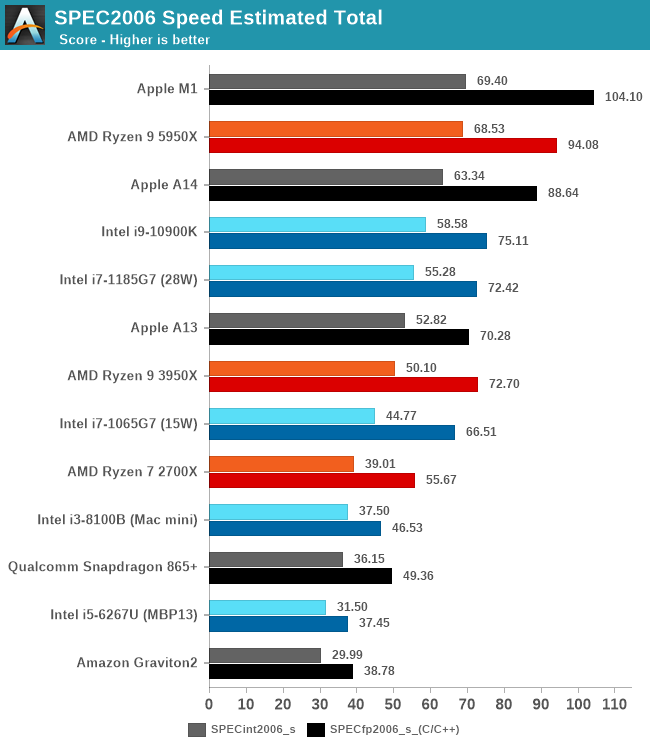Probably rather expensive for a hobbyist machine, but if you're the sort that likes tinkering with alternative CPU architectures, then I could definitely see that. Apart from ARM and RISC-V, I think the only other ISA out there with modern CPUs being built and good Linux support is POWER (you can buy POWER workstations from Raptor Computing, BTW).
Does anyone know what Linux distros are popular inside China? The reason I ask is that the only things you'd need English versions of would be the installer and package manager. While they might have their own installer, they should probably use some standard form of packages, in which case you can just use a standard package manager that has English translations. All of the normal software in a Linux distro will have English translations for it.
Another area where you could hit a snag using it outside of China is accessing the package repos. I would assume they're accessible from the outside, but maybe not or they might require some kind of access token.


